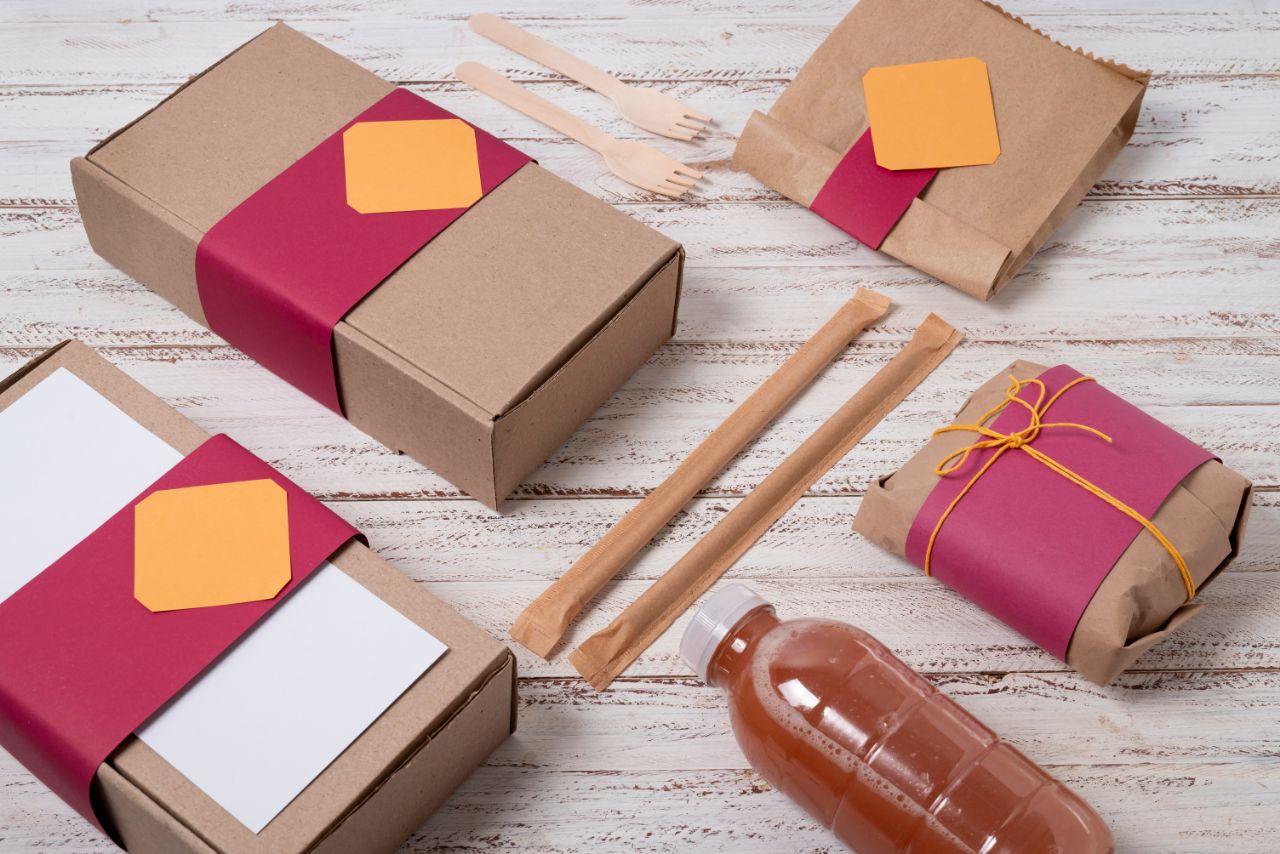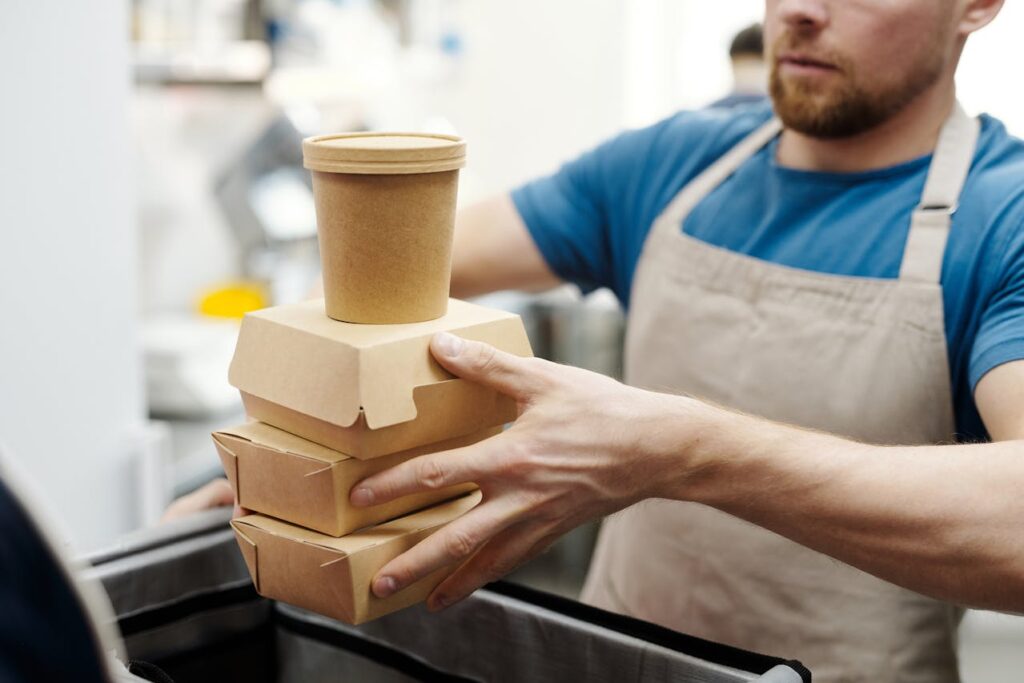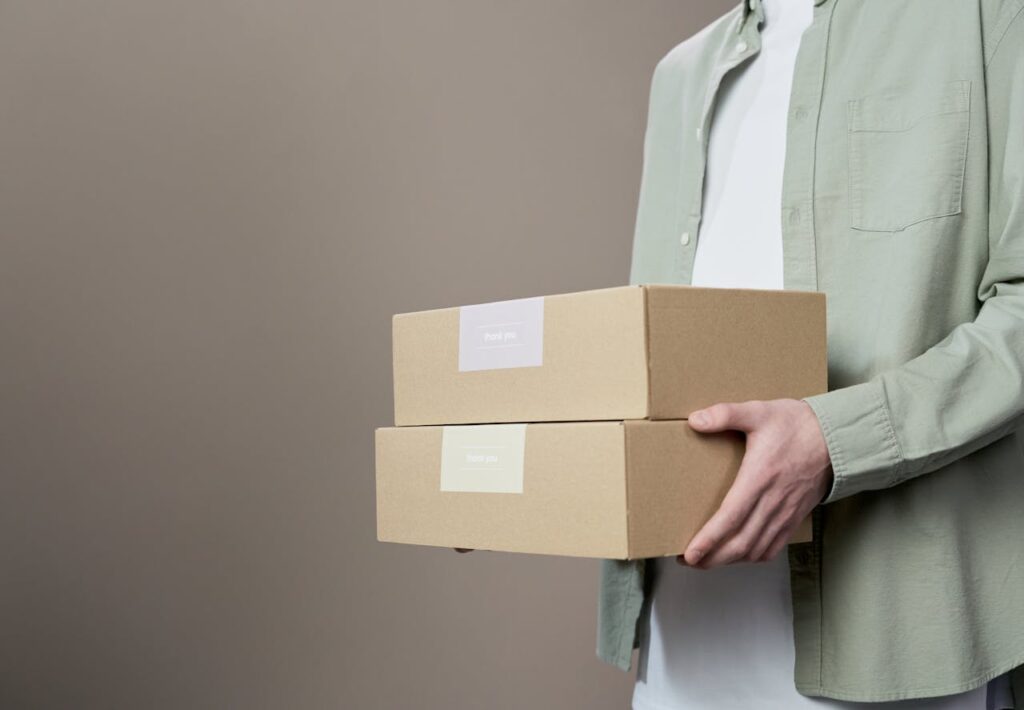
Eco-Friendly Packaging Solutions for Small Businesses
Sustainability is no longer just a trend; it’s essential for companies worldwide. With increasing worries about climate change and a consumer shift towards sustainable practices, small enterprises have a unique opportunity to embrace eco-friendly packaging options that resonate with ecological principles and enhance customer connections.
Why Small Businesses Should Care About Eco-Friendly Packaging
Sustainability is a core concern for consumers, and businesses are under increasing scrutiny to adapt their operations to be more environmentally conscious. Small businesses, despite their limited resources, have a significant role to play in reducing waste and promoting eco-conscious practices.
For numerous small enterprises, embracing sustainable packaging presents a chance to differentiate themselves in crowded markets. Customers tend to favor businesses that show dedication to sustainability, perceiving it as indicative of ethical behavior. Moreover, sustainable packaging frequently leads to lower operational expenses in the long run. Lightweight materials, for instance, can decrease shipping costs, while reusable packaging minimizes the necessity for frequent reordering.
By adopting sustainable packaging, small businesses contribute to global efforts to reduce plastic waste and pollution, fulfilling both a moral responsibility and a business opportunity. The environmental benefits are undeniable, but so too are the advantages in brand reputation, customer loyalty, and cost management.
Understanding Eco-Friendly Packaging Materials
At its core, eco-friendly packaging uses materials that minimize harm to the environment. Unlike traditional packaging, which often ends up in landfills, sustainable alternatives are biodegradable, recyclable, or reusable. Choosing the right material depends on the nature of your business and your specific needs.
Biodegradable packaging, for example, decomposes naturally in the environment, making it a great option for companies in sectors such as food service. Compostable substances take it a step further, enhancing the soil as they break down. Recycled paper and cardboard are commonly accessible and appropriate for a range of packaging uses, such as wrapping items and making shipping containers.
Another innovative option is bioplastics, made from renewable resources like corn or sugarcane. While they look and feel like traditional plastic, they have a significantly lower environmental impact. For businesses looking for more robust solutions, glass and aluminum are excellent reusable and recyclable options, particularly for products that require durability.

Practical Eco-Friendly Packaging Ideas for Small Businesses
Transitioning to eco-friendly packaging doesn’t mean compromising on quality or aesthetics. In fact, sustainable options often allow for more creativity and differentiation. Small businesses can start by analyzing their current packaging needs and identifying areas where they can switch to greener alternatives.
Minimalist packaging is an emerging trend that aligns seamlessly with sustainability. By minimizing the quantity of materials utilized, companies can lower expenses while making a strong statement about their dedication to the environment. For example, apparel companies can eliminate unnecessary packaging and opt for straightforward recycled paper ties or biodegradable garment bags.
Reusable packaging is another powerful way to promote sustainability. A food delivery service might provide meals in reusable containers, encouraging customers to return them for discounts. Retailers can opt for tote bags made from organic cotton or jute, which serve as both packaging and marketing tools.
For e-commerce businesses, sustainable shipping materials are a must. Corrugated cardboard boxes with recycled fillers or biodegradable packing peanuts are excellent alternatives to bubble wrap and styrofoam. Additionally, using plant-based inks for branding and labeling ensures the entire package is eco-friendly.
Overcoming Challenges and Managing Costs
A common misconception is that eco-friendly packaging is prohibitively expensive. While sustainable materials may have a higher upfront cost, the long-term savings and benefits outweigh the investment. Bulk purchasing, for example, can significantly reduce per-unit costs, while lightweight materials lower shipping expenses.
The shift to sustainable packaging presents logistical hurdles as well, including finding dependable suppliers and modifying current workflows. Nonetheless, these obstacles can be overcome by means of thorough planning and gradual adjustments. Collaborating with nearby suppliers can reduce transportation emissions, while trying out smaller quantities of sustainable materials lets companies assess their practicality.
Marketing the Use of Eco-Friendly Packaging
The shift to sustainable packaging offers small businesses a powerful marketing opportunity. Customers want to know that the brands they support share their values. Highlighting the use of eco-friendly packaging in marketing campaigns can build trust and foster loyalty.
Social media serves as a powerful medium to highlight these initiatives. Revealing behind-the-scenes experiences of acquiring materials, changing suppliers, or minimizing waste appeals to environmentally aware audiences. Incorporating eco-labels or certifications on product packaging adds an extra level of trust and guarantees customers that the business is dedicated to sustainability.
Educational campaigns can further engage customers. Businesses can use their websites, emails, or in-store signage to explain the benefits of eco-friendly packaging and encourage customers to reuse or recycle. This not only enhances brand reputation but also reinforces the idea that the business is a partner in sustainability.
How to Transition to Eco-Friendly Packaging
Switching to sustainable packaging doesn’t happen overnight, but small steps can lead to significant changes. The first step is conducting a thorough audit of existing packaging practices to identify areas for improvement. Analyzing customer feedback can also provide insights into which changes will resonate most with your audience.
After pinpointing areas that need enhancement, establishing achievable objectives is crucial. This may mean gradually eliminating single-use plastics or pledging to incorporate a specific percentage of recycled materials within a set timeframe. Collaborating with suppliers focused on sustainable materials guarantees that your transition is backed by industry professionals.
Training employees to adopt and advocate for these changes is another critical step. When the entire team is aligned with the company’s eco-friendly goals, the transition becomes smoother and more impactful. Businesses can also engage customers in the process, encouraging them to reuse packaging or participate in recycling programs.

Success Stories
Many small businesses have successfully adopted eco-friendly packaging, providing inspiration for others to follow suit. A small bakery, for instance, replaced plastic containers with compostable paper boxes and saw an increase in customer loyalty. Their story, shared on social media, attracted a larger customer base and established them as a leader in sustainability.
In the same way, a small clothing brand shifted to using recycled mailers and eco-friendly garment bags. Although the shift needed an initial investment, the brand noted lower shipping expenses and received favorable responses from customers. These modifications not only improved their environmental influence but also strengthened their market presence as a sustainable brand.
Such examples demonstrate that small businesses don’t need massive budgets to make meaningful changes. Innovation, creativity, and a genuine commitment to sustainability can yield significant benefits for both the planet and the business.
Conclusion
Eco-friendly packaging is not just a trend; it’s an essential move towards a sustainable future. For small enterprises, it signifies a chance to connect with consumer values, minimize environmental effects, and stand out in competitive markets. By recognizing the available resources, applying effective strategies, and addressing obstacles, small businesses can transition to sustainable packaging smoothly.
The journey toward sustainability may require effort and investment, but the rewards—stronger customer relationships, cost savings, and a healthier planet—are well worth it. Embracing eco-friendly packaging is not just good for the environment; it’s smart business. Now is the time for small businesses to lead the way in building a greener future.
